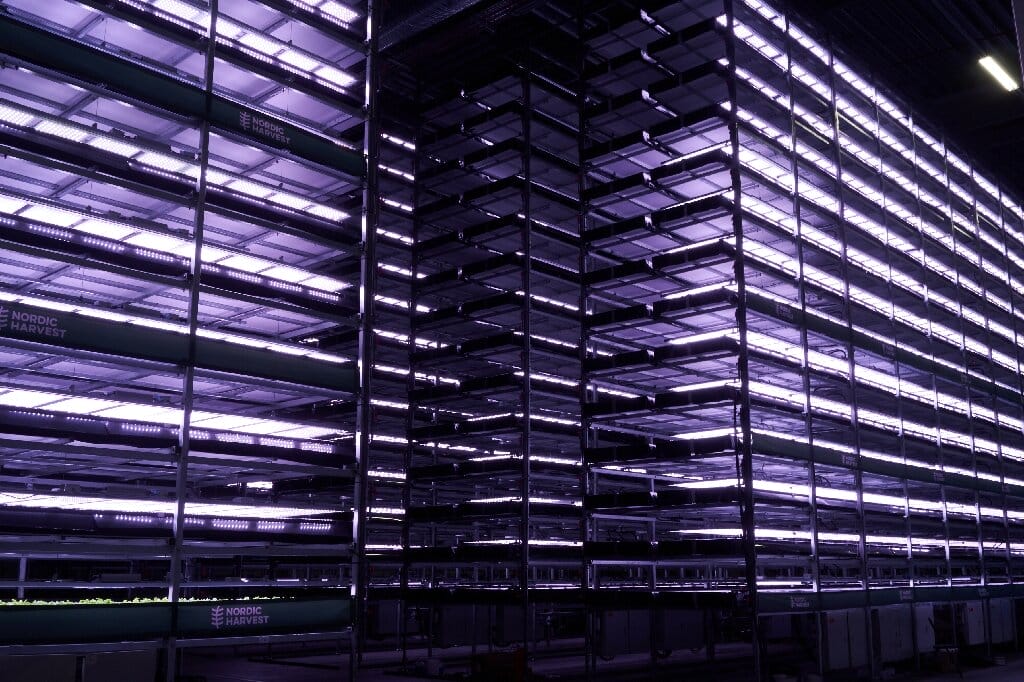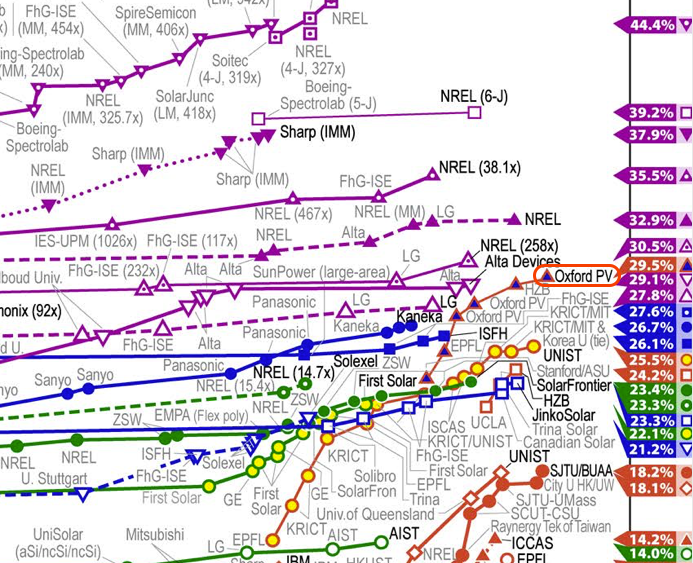The Clean Power Hour – a weekly clean energy headline review and commentary podcast run by Tim Montague, and yours truly – the CommercialSolarGuy – John Fitzgerald Weaver.
First of course, here’s the podcast – Episode 31!
Now, to the news!
Musk offers $100M for carbon capturing X-Prize
Ok, so if we’re going to extract gigatons of CO2 from the atmosphere – what are we gonna do with it? My pitches are: pumping CO2 to increase indoor farming yields (Featured Image of this article) and plastic/graphene feedstock for 3D Printing.
The world’s leading scientists estimate that we may need to remove as many as 6 gigatons of CO2 per year by 2030, and 10 gigatons per year by 2050 to avoid the worst effects of climate change. X-Prize is for a working carbon removal prototype that can be rigorously validated and capable of removing at least 1 ton per day.
Starlink!
CommercialSolarGuy signed up for a Starlink account. Not because we need to double the price of our internet, but because we’d like to see what Elon does with the cash.
Starlink is available to a limited number of users per coverage area at this time. Orders will be fulfilled on a first-come, first-served basis. – Starlink
Dude, I'm such a dork pic.twitter.com/BuknykDyXy
— Commercial Solar Guy (@SolarInMASS) February 9, 2021
Construction of a solar farm is underway at a former GM foundry site in Illinois.
The project is to be built over a landfill at the former General Motors Foundry, which closed in 1995. It was awarded through a solar energy tax credit lottery by the Illinois Power Agency last year. Ameresco – a developer – is a great company. Check out the drone footage over a solar plant.
Oxford PV has yearlong delay, but sets a new efficiency record.
The timeline, right now, looks something like this:
- Facility upgrades ready by the end of Q1’2021.
- Full system start in the beginning of Q2
- The beginning of process integration starting in Q2, and finishing in Q3
- Internal solar cell testing in Q3
- Ramping of solar cell manufacturing, and delivering to manufacturers, in Q3.
- ~Six months of manufacturer certification upon receipt
- Q1’22 for potential market availability.
‘Sungrow supplies DC-coupled battery storage to solar power plant in northern Japan’
This right here is going to get it’s own story. It’s too important – 24/7/365 solar power, at a decent sized scale, and with a nice price cap (local FIT) – to give us developers some guidance.
Sungrow’s project has a 6 MWdc PV capacity, and 21MWh DC coupled battery. AC connection to the grid is limited to just 845kWac. The island is mostly disconnected from Japan’s main grid, except for a 600MW sub-sea high voltage DC line. A ‘feed-in tariff (FiT) policy guarantees ¥21 (US$0.20) per kilowatt-hour sold.
Amazon’s Rivian delivery truck
Amazon and Rivian began testing vehicles four months prior to making customer deliveries, as part of the testing and development process. Amazon is working with Rivian to conduct additional testing of the vehicle’s performance, safety, and durability in various climates and geographies. Engineers will continue to refine the vehicles for the start of production, slated for the end of this year. The current fleet of vehicles was built at Rivian’s studio in Plymouth, Michigan, and can drive up to 150 miles on a single charge.
Corporate solar = utility solar = rooftop solar, both growing and shrinking
Bloomberg New Energy Finance reported that corporations purchased 23.7 GW of clean energy in 2020, up from 20.1 in 2019 and 13.6 in 2018. The USA led globally with 11.9 GW – even after declining from almost 14 GW in 2019. NextEra’s announced a behind-the-meter 12 MW solar+hydrogen+fuel cell peaking power plant. SEIA’s Solar Means Business report found that onsite commercial solar installation volume has actually fallen since 2015 through the end of 2020.
Residential solar stocks are up hundreds of percent over the past year.
CommercialSolarGuy is not a financial analyst, but oh my lord… greater than 500% growth over the past year? Jeez how did I miss the whole world so significantly…good job investors!
A bet on US residential solar a year ago has certainly paid off. #EnergyTwitter pic.twitter.com/XzWA4EhYiL
— Craig Lawrence (@clawrence) February 5, 2021
And of course, here’s the episode:

